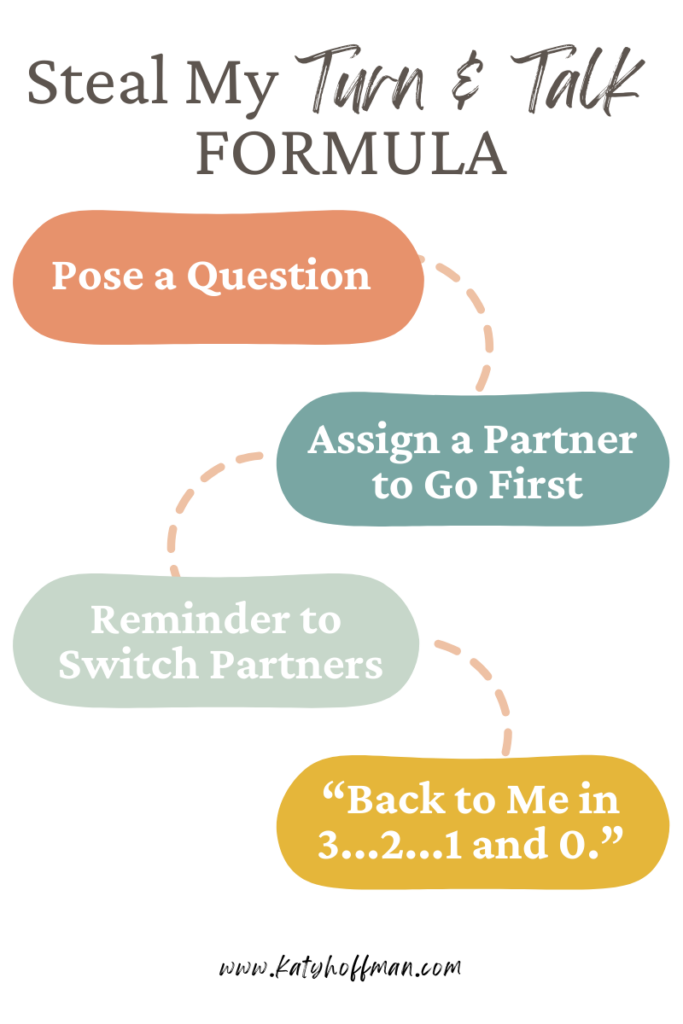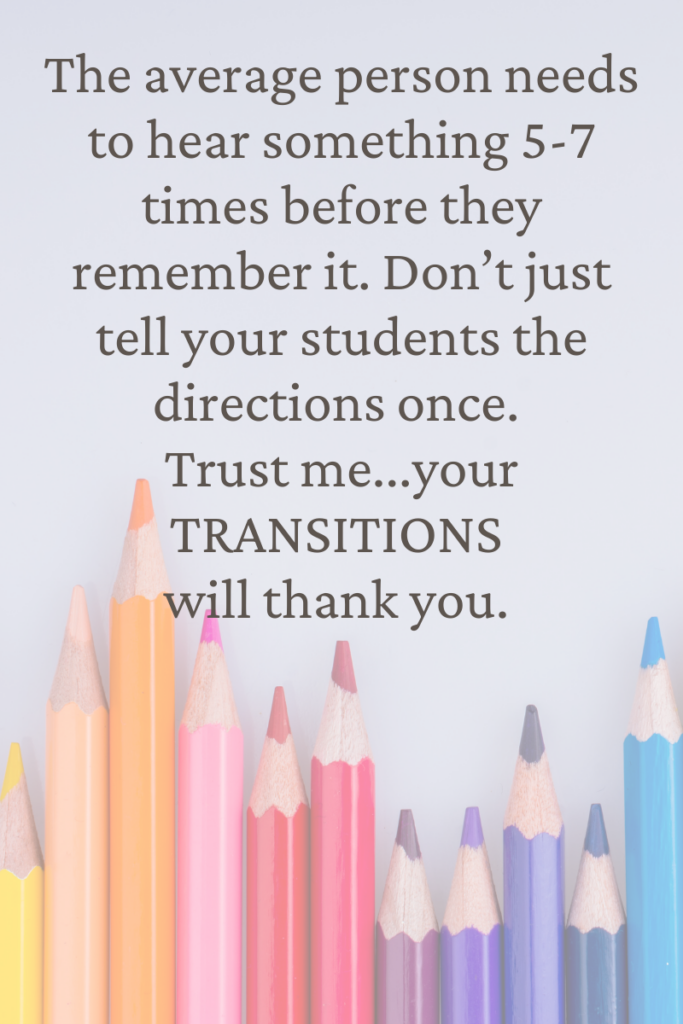How to Use Turn and Talk to Boost Engagement in Your Classroom
Let’s be real—getting students to stay engaged during a lesson can be tough. One of my go-to strategies that keeps kids actively involved (and prevents me from doing all the talking!) is Turn and Talk. It’s simple, effective, and works across all grade levels to build discussion skills and boost participation. Whether I’m breaking up a long lesson, getting students to teach each other, or making transitions smoother, Turn and Talk is a game-changer. Let’s dive into how you can use it in your classroom!
Break Up the Lesson & Let Students Teach Each Other
Ever notice how kids start zoning out after a few minutes of direct instruction? Instead of powering through, I pause and have students Turn and Talk to a partner. I’ll ask a question related to the lesson, and they get a chance to process their thinking out loud. This helps them solidify their understanding while also hearing another perspective. Sometimes, a peer’s explanation makes the lightbulb go off!

Encouraging More Student Participation
Have you ever asked a question and gotten nothing but blank stares? Yep, me too. That’s why I use Turn and Talk when I want more students to contribute to discussions. Instead of calling on the same handful of students, I let everyone share their thoughts with a partner first. When we come back together, more hands go up because they’ve already had a chance to test out their ideas in a low-stakes setting. It’s a total confidence booster!

Using Turn and Talk for Smoother Transitions
We all know transitions can make or break a lesson. One way I keep them structured (and cut down on repeating myself a million times) is by having students Turn and Talk before we switch activities. I’ll give the directions, then have them explain what’s next to their partner. This quick check-in makes sure they actually heard me and know what to do—without me having to keep repeating instructions. If you want more tips on transitions check out this blog post.

Tips to Make Turn and Talk Work Like a Dream
- Set Clear Expectations – Teach students what Turn and Talk should look and sound like. Model active listening, voice levels, and turn-taking.
- Assign Partners in Advance – Avoid wasted time by designating Partner 1 and Partner 2. That way, no one is left awkwardly looking for a buddy.
- Keep It Short & Sweet – A good Turn and Talk lasts about 30 seconds to a minute. This keeps students engaged without dragging out the discussion.
- Use Sentence Starters – Help students stay on track by providing prompts like, “I think ___ because…” or “I agree/disagree because…”. We could go into a whole other post about accountable talk, but for now let’s firm up the Turn and Talk strategy as the first stepping stone.
Turn and Talk is one of those simple strategies that makes a huge difference in engagement and classroom discussion. Try it out, and let me know how it works for your students!
